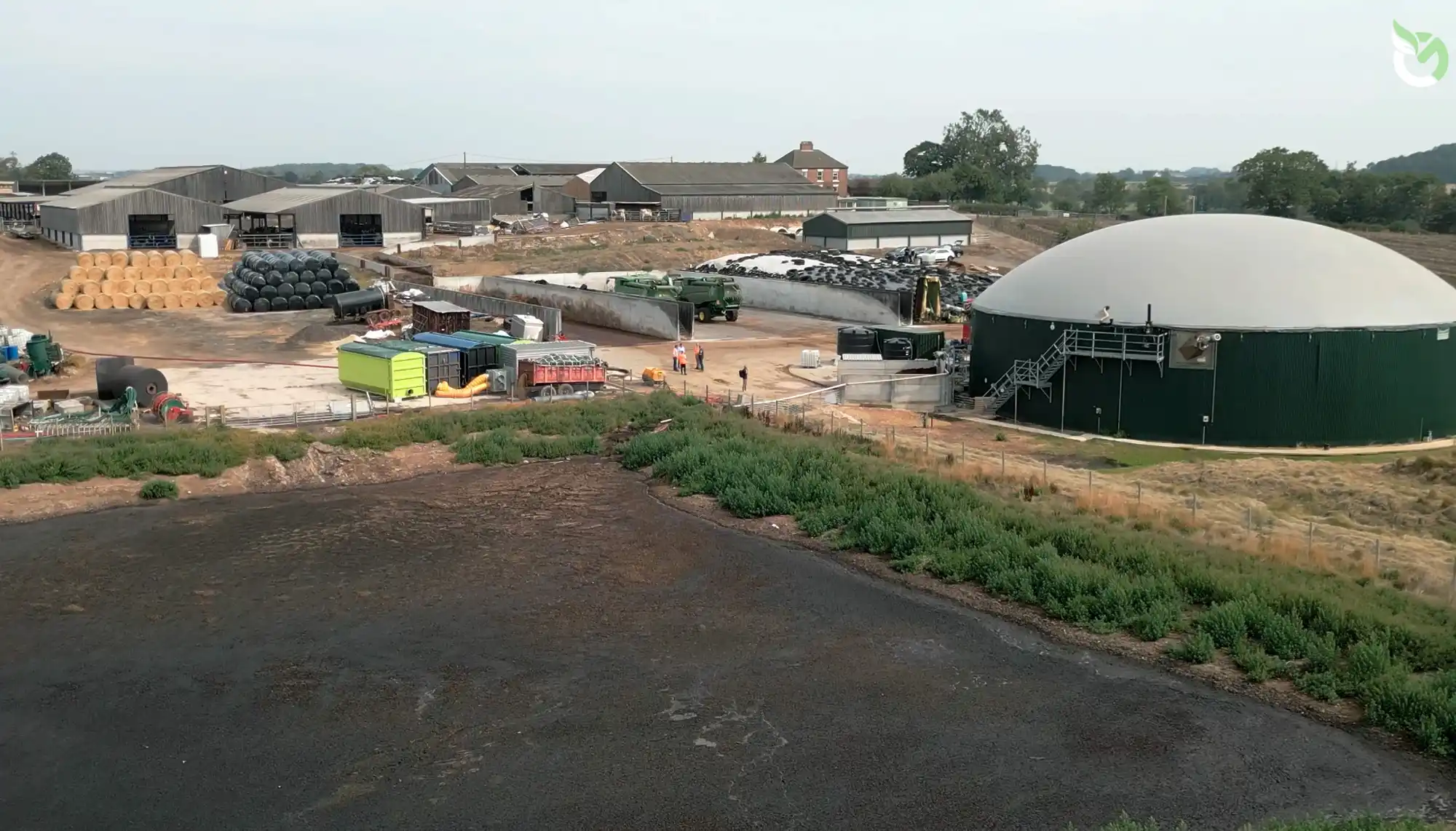Choosing a carbon registry: 8 reasons why we went with Puro.earth
The selection of a reliable and credible carbon registry is crucial. Here's our top 8 reasons why we chose Puro.earth.
.webp)
Project successes
Mike Tye, Senior Net Zero Analyst at Onnu
Carbon financing is an integral part of biochar creation, as the extra revenue stream from carbon credit production makes the whole process economically feasible. Therefore, the selection of a reliable and credible carbon registry is crucial.
Puro.earth is the world’s first carbon removal registry. The registry is hoping to scale up the nascent carbon removal market and has the backing to do so – in June 2021 Nasdaq announced that it had acquired a majority stake in the registry. This vote of confidence from the second largest stock exchange in the world shows faith in Puro.earth as well as the carbon removal market generally.
Onnu uses Puro.earth for several reasons:
1. A good fit for Onnu
The methodologies available on the Puro Standard align with the activities we’re doing (pyrolysis and gasification). This is unlike traditional registries such as Gold Standard which mainly focus on avoidance methodologies, or other specialist carbon removal registries like Nori which only focus on soil carbon removals.
2. Puro.earth specialises in carbon removal
Puro.earth is a specialist carbon removal registry. Their focus on purely removals allows them to provide expert advice and they are leaders in the carbon removal sector. Although Verra released their biochar methodology in August 2022, they are still new to the carbon removal game.
3. Price security for carbon credits
Getting a consistent and fair price for carbon removal credits is essential to the success of a biochar project. Puro.earth currently has 32 biochar projects live*, which gives a clear indication of the price carbon credits can expect to achieve (€105-€535). Verra has announced it intends to split up its avoidance and removals credits, which, although good for the market, leads to further doubts about the future price of Verra removals credits.
4. Rigorous testing and verification of net negativity
Each project on Puro.earth must carry out a life cycle analysis (LCA) to prove that the process is indeed net negative. These high standards mean that only biochar projects which can definitively prove their net negativity are verified, and the credits can be sold as high quality, certified carbon removal.
5. Additionality and permanence is required
As well as the measurability of credits (which is measured by the LCA), Puro also demands that the additionality and permanence of credits is verified. Our projects are financially additional which means we are easily able to prove that the project can only be realised with the support of carbon financing. The permanence of credits is proved to a high degree using a permanence factor. Using up-to-date scientific knowledge of the durability of biochar in soil, this permanence factor is calculated using the H:C value of the biochar produced as well as the temperature of the soil.
6. High technology equipment is essential
Only the best technology can be used to create biochar carbon removal credits, which means Onnu is rewarded for investing in high quality equipment with engineered methane control.
7. Diligent audit and health and safety protocols
As with most registries, the Puro.earth registry requires an audit to validate the project and verify the carbon removal. Any risks of the project to stakeholders or participants are also effectively addressed with health and safety protocols and stakeholder assessment, which are mandatory for project registration and issuance of credits.
8. Straightforward registration process
The registration process for Puro.earth is simple and does not require a full Project Design Document (PDD) to be written. Instead, each section of the project can be completed separately, with helpful frameworks provided for each section. This, combined with helpful customer support, makes the Puro registration process very straightforward.
Lots of careful consideration went into choosing the right carbon registry for us. The reasons we’ve outlined were just a few of the factors we took into consideration which led us to decide on Puro.earth. In the end, it came down to which registry was the best fit for what we do, rather than any differences in credibility. We’re looking forward to working closely with Puro.earth moving forwards as we continue to expand our carbon removal projects.



